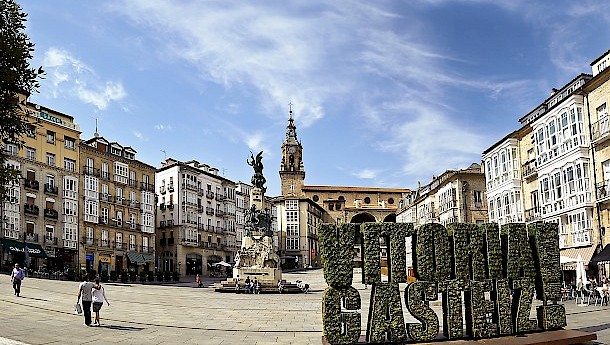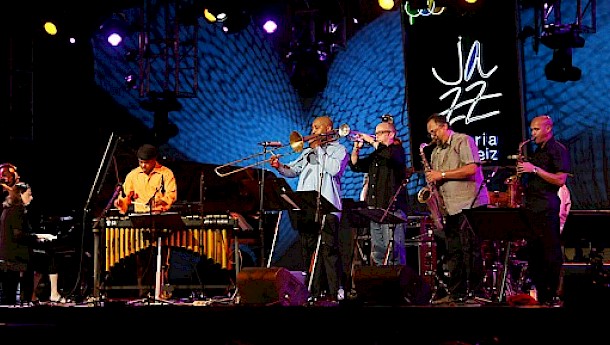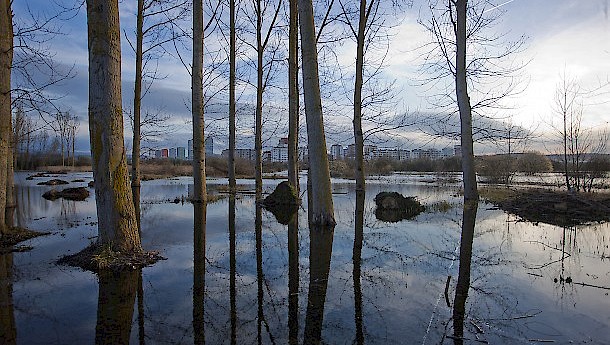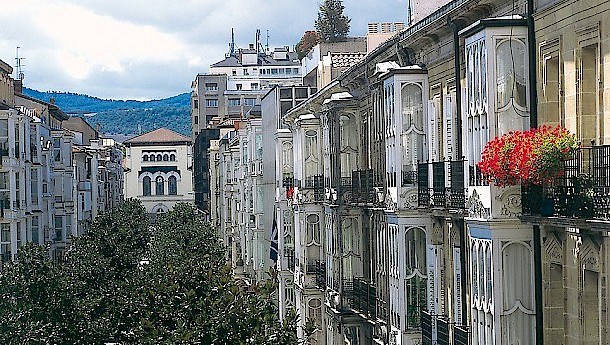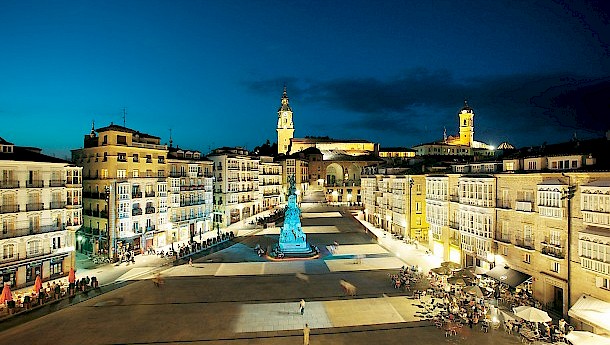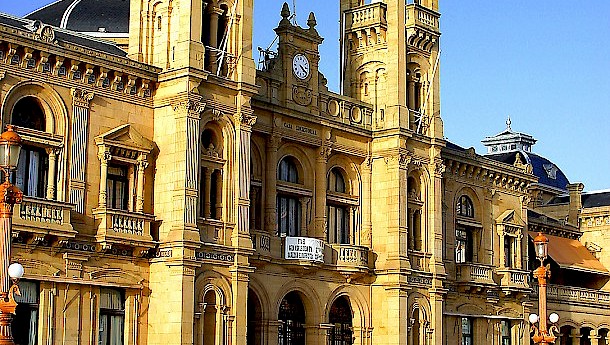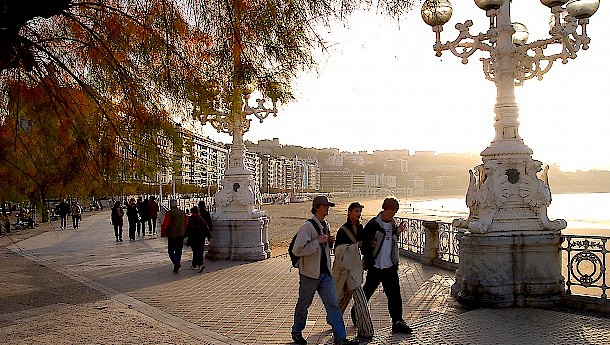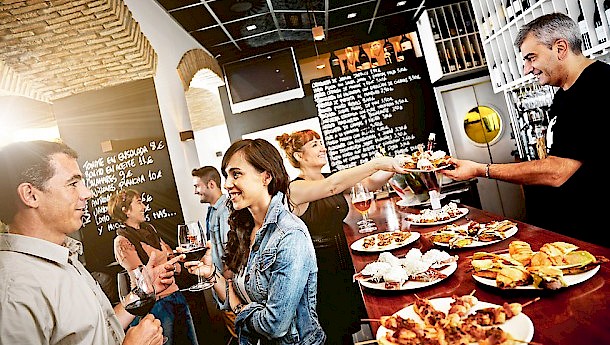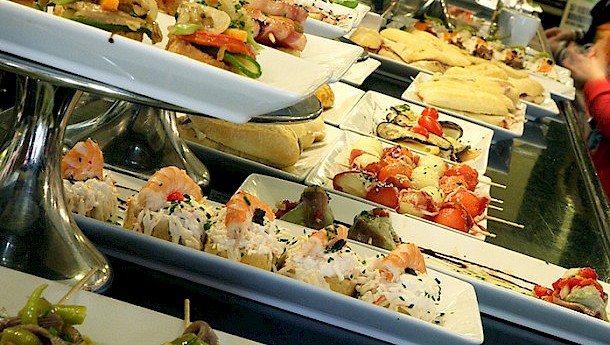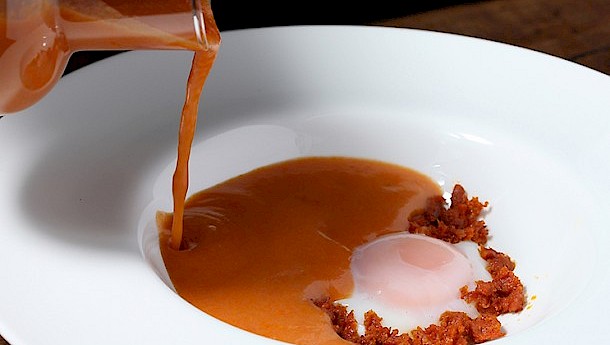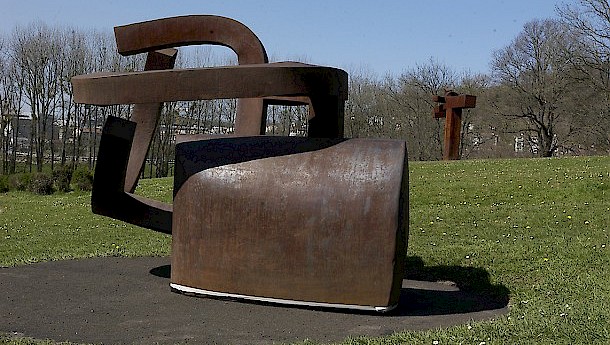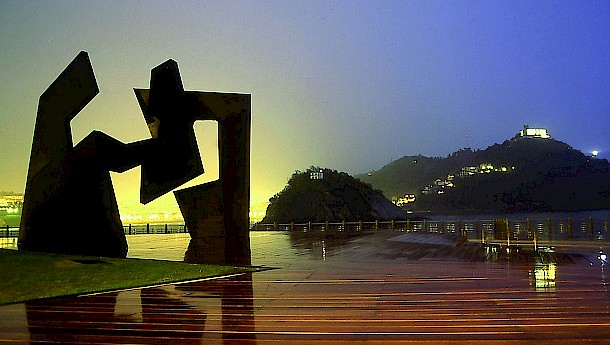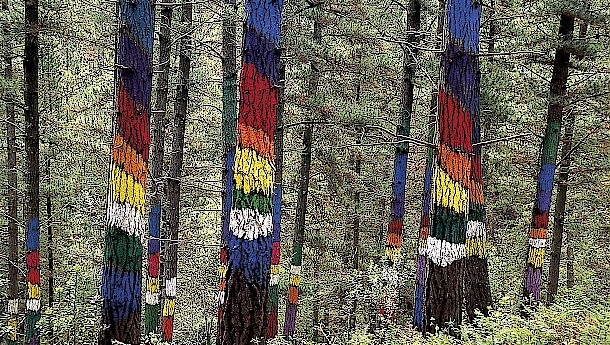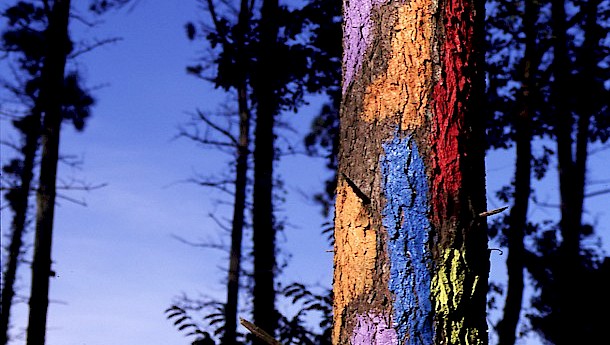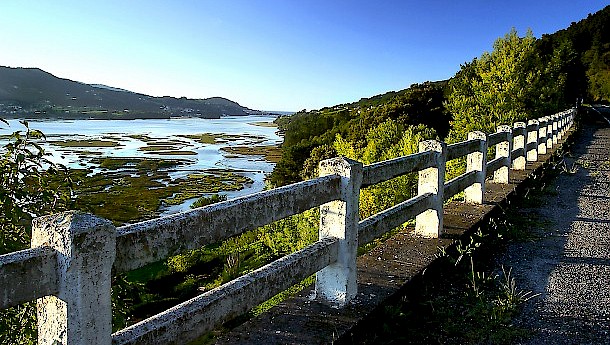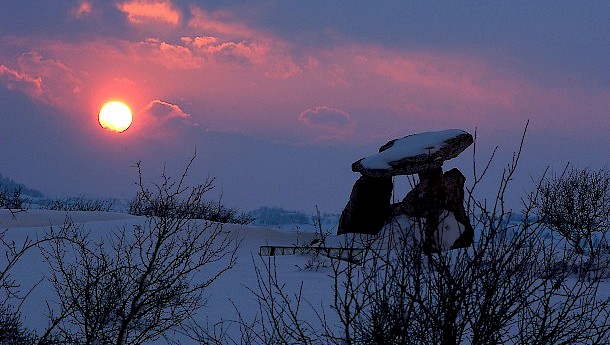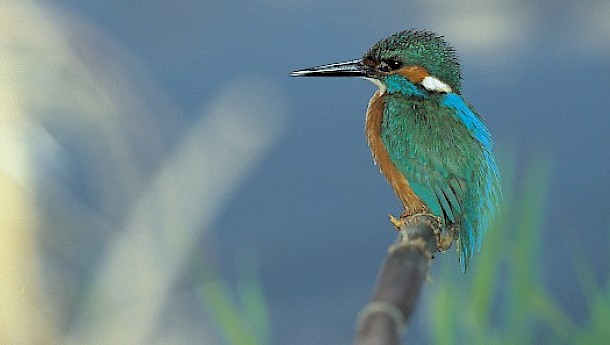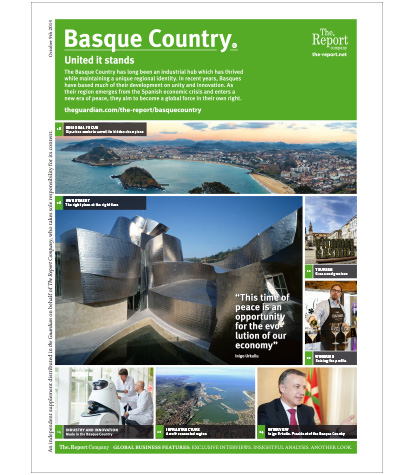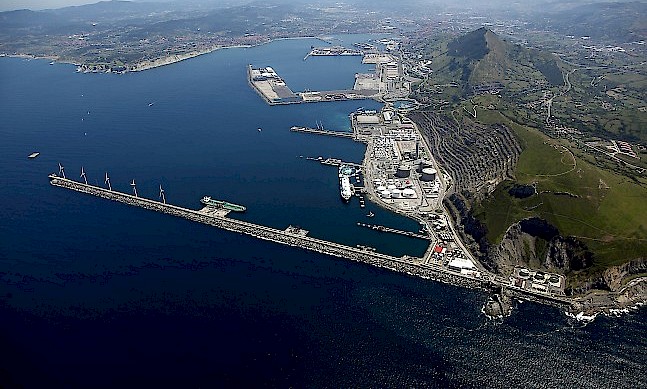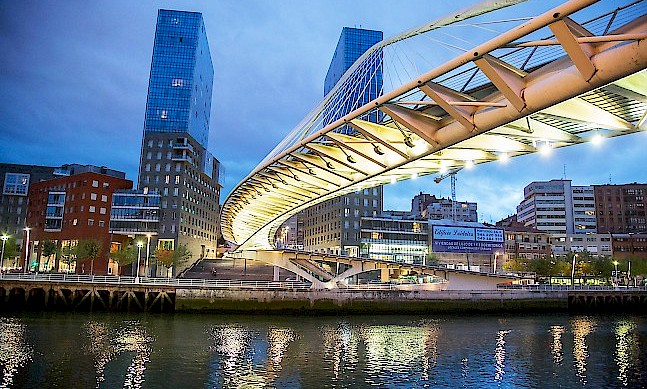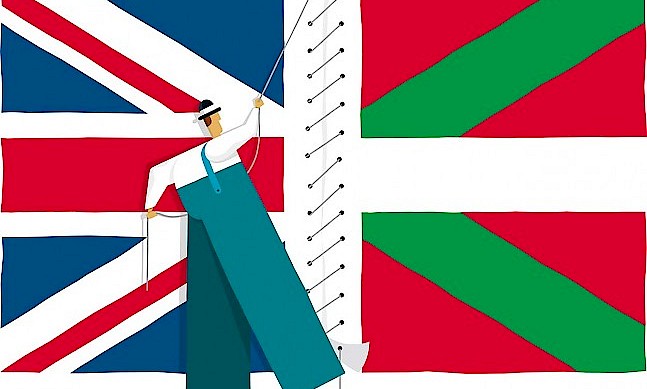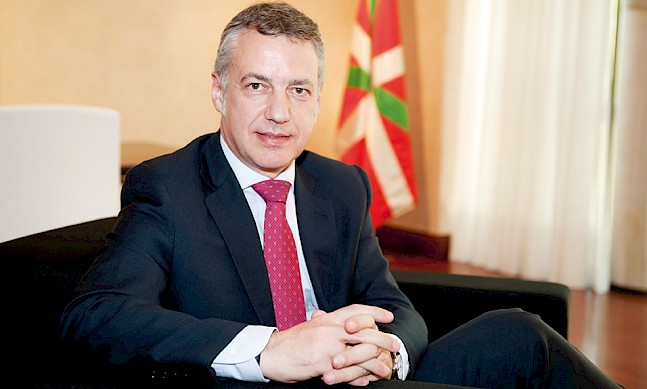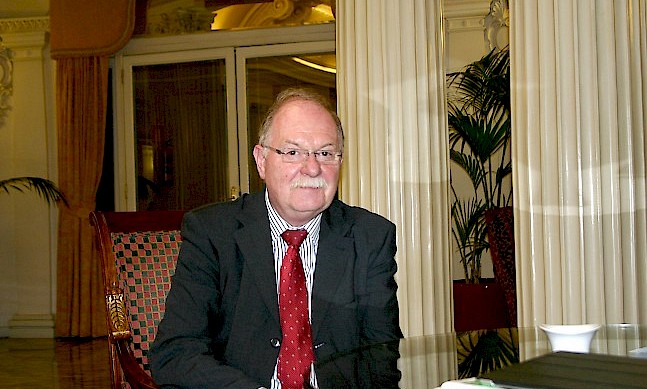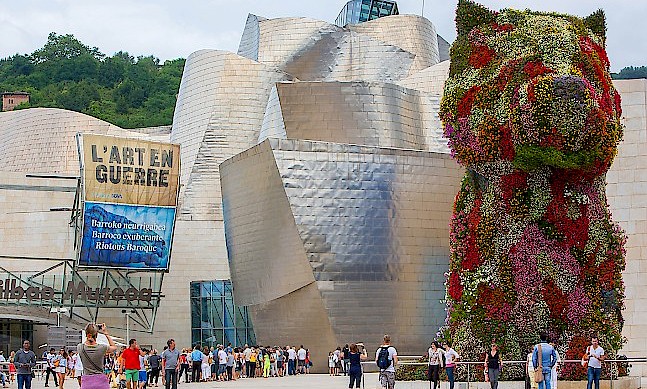While lacking the dependable weather that draws the masses to the Mediterranean, the Basque Country seduces visitors with its numerous opportunities for high-quality tourism based on world-class food, dramatic scenery, outdoor sports, unique museums and famous festivals.
Vitoria
The de facto capital of the Basque Country houses more than executive and legislative powers: it is also home to wild deer living within city limits. Declared European Green Capital in 2012, Vitoria is surrounded by a ring of parks connected by corridors where locals go to walk, ride their bikes and take in the special beauty of the Salburua wetlands. Already noted for its international jazz festival, Vitoria recently claimed a new victory when it was designated 2014 Gastronomy Capital of Spain.
San Sebastian
Once a summer retreat for royals, elegant San Sebastian has redefined itself as a forward-looking city that respects its belle époque past. Its international allure will only increase when it becomes 2016 European Cultural Capital, uncovering a world where strolling along the picture-postcard bay of La Concha and dining on world-class pintxos is not so much a rare treat as a way of life.
Culinary experiences
It has often been noted that food and the experience of eating come close to being a religion in the Basque Country. While the world has come to recognise the region’s culinary excellence through the haute cuisine movement led by superstar chef Juan Mari Arzak, what is truly remarkable about the Basque Country is the high quality of the fare at regular establishments. From its famous tapas held together with a toothpick and displayed on bar counters to its cider houses serving codfish omelette, slabs of beef and sagardoa straight from the barrel, this is a place where any self-respecting Basque will serve up only the best ingredients.
Art
While the Guggenheim Bilbao may represent the heart of global contemporary art in the Basque Country, Basque artists have been defining the spirit of their nation since the middle of the last century. Using large volumes and down-to-earth materials, an entire generation of sculptors such as Eduardo Chillida, Jorge Oteiza, Agustin Ibarrola or Nestor Basterretxea crafted enduring works that sank their roots in a legendary past and quickly became inseparable from their surroundings. The Comb of the Wind or the Forest of Oma suggest a minimalist rejection of elaborate imagery in favour of simple forms that play with matter and empty spaces. More recently, people like Txomin Badiola and Cristina Iglesias have built on that legacy to create new art forms that have met with significant international success.
Gaztelugatxe
More than 200 stone steps separate the Basque mainland from the islet of Gaztelugatxe, but thousands of visitors will agree that it is worth the effort. The rocky isle is crowned by a shrine to Saint John the Baptist, where shipwreck survivors came to express gratitude and locals rang the church bell to make a wish. An alternative to climbing Gaztelugatxe is admiring it from the sea, an option that affords clear views of this rugged stretch of the Biscay coastline and its endemic vegetation. Boat trips are available in nearby Bermeo, a fishing village with a noble history whose economy once rested on whaling. Rides also pass by Cape Machichaco and its lighthouse, a very popular spot for underwater diving.
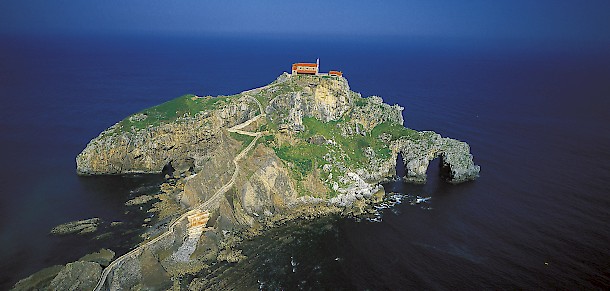 Gaztelugatxe. Photo: Irekia - Basque Government, Mikel Arrazola
Gaztelugatxe. Photo: Irekia - Basque Government, Mikel Arrazola
Eco tourism
The rolling green hills of the Basque Country take on a painfully bright hue on sunny days, as though wilfully dazzling visitors. The small territory offers many possibilities for nature tourism: from the climber-friendly peak of Txindoki to the coastal flysch deposits of Zumaia-Deba, considered of international geological significance, and the Urdaibai biosphere reserve, which encapsulates the region’s environmental diversity through its cliffs, forests, rivers, beaches and wetlands


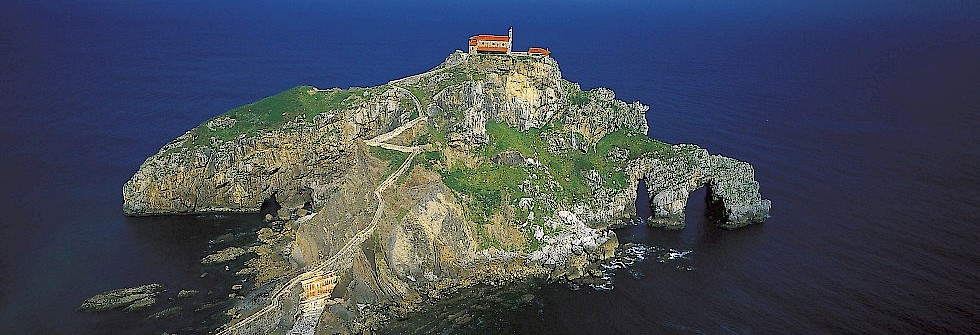 Photo: Basque Tourism Agency
Photo: Basque Tourism Agency
